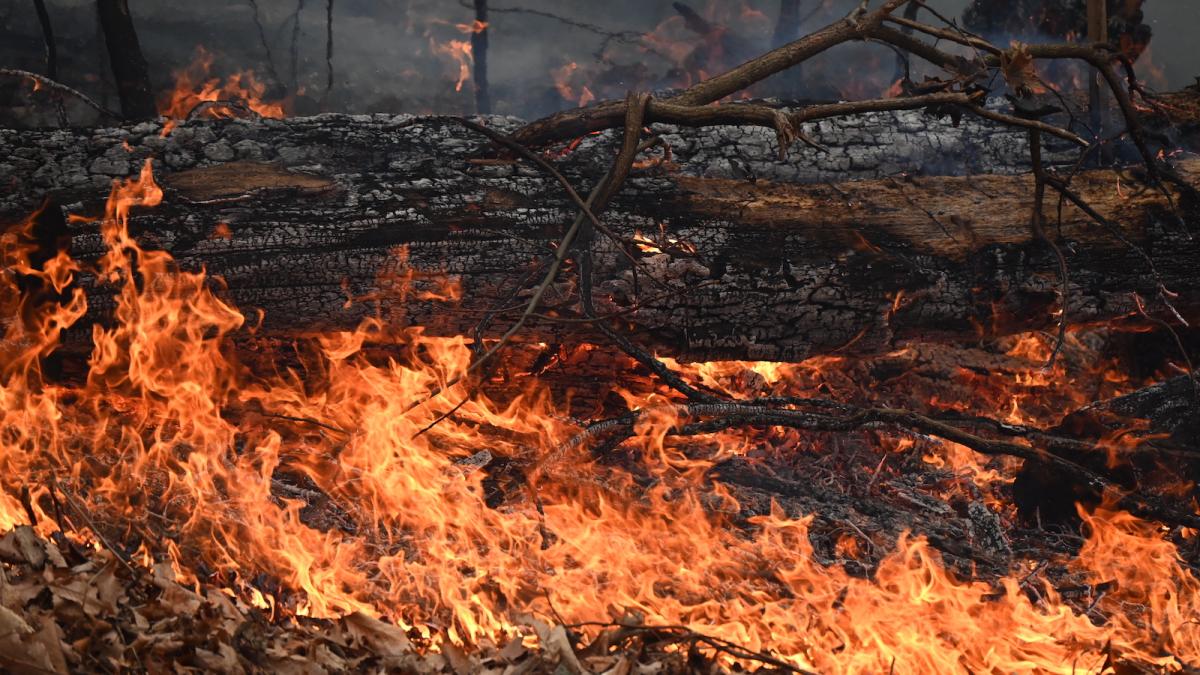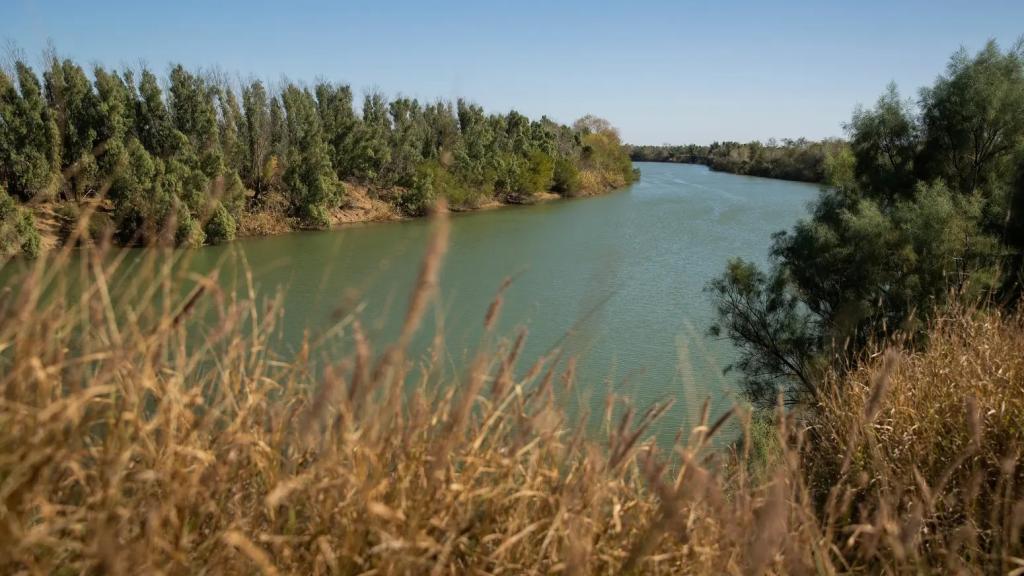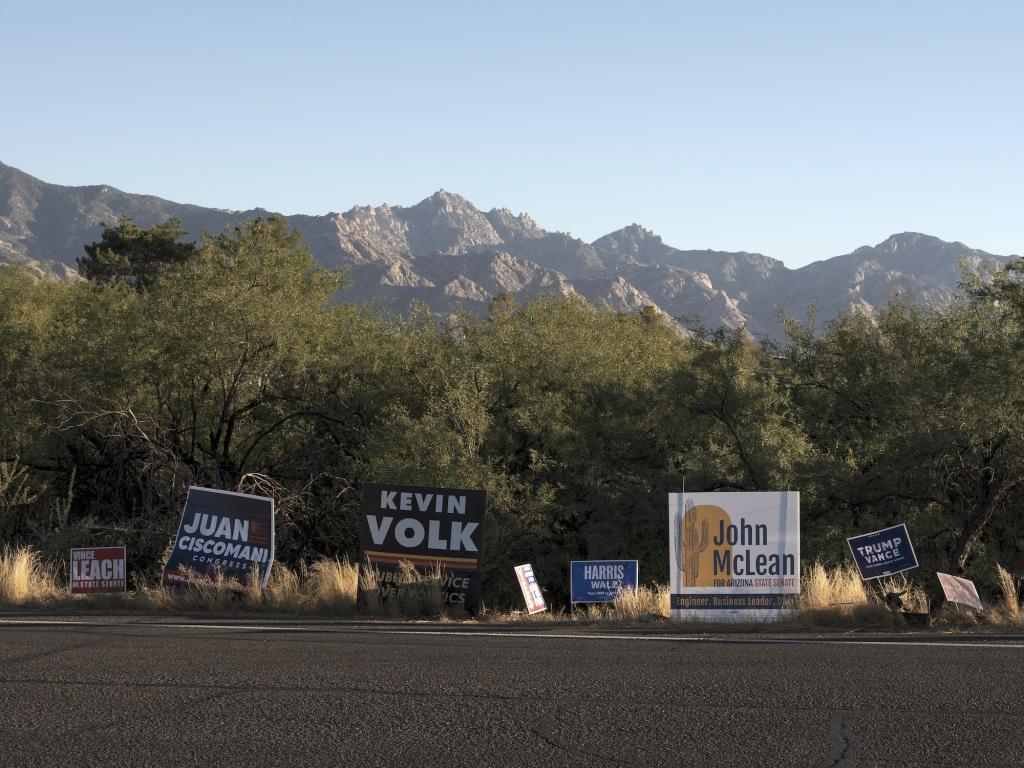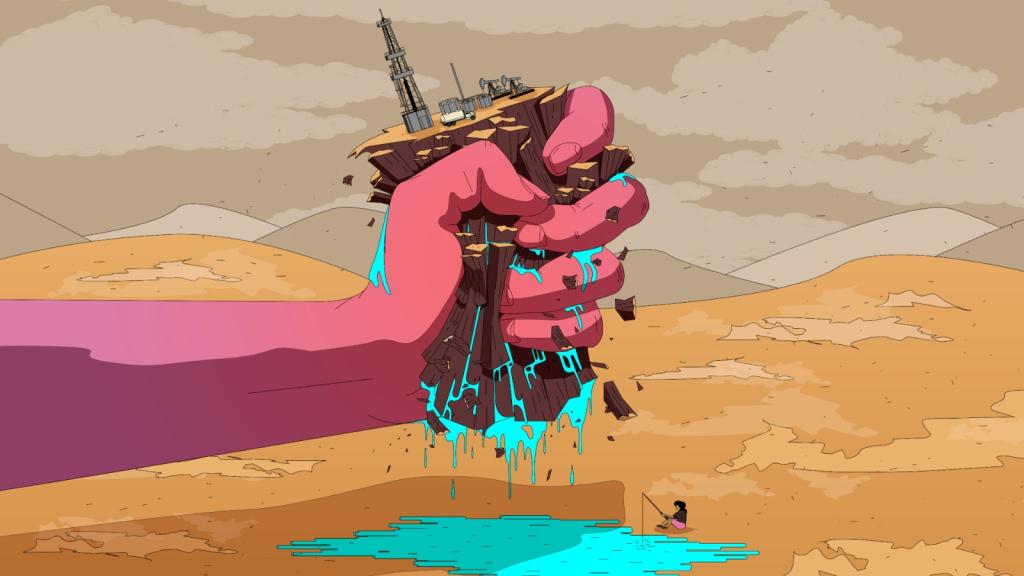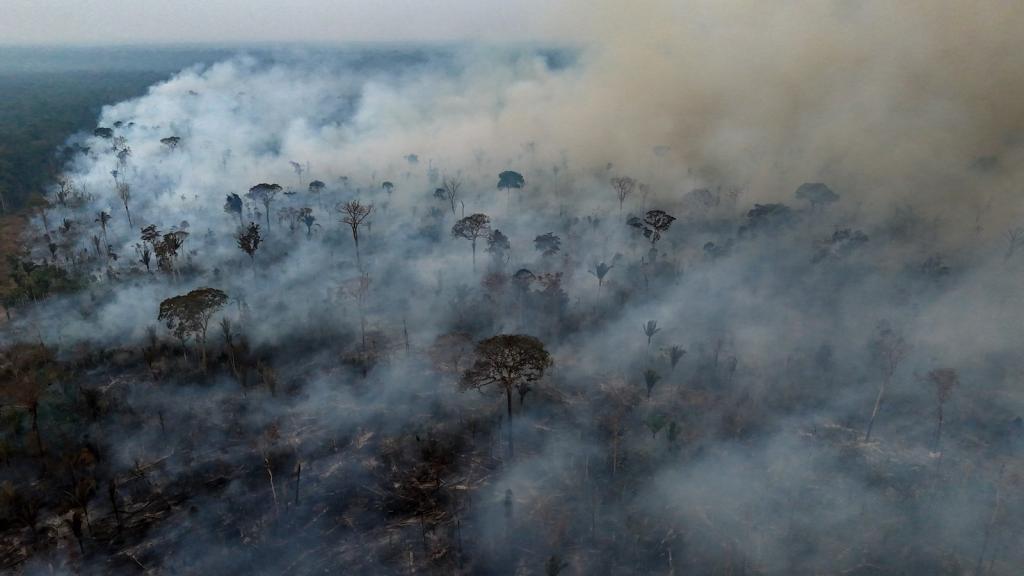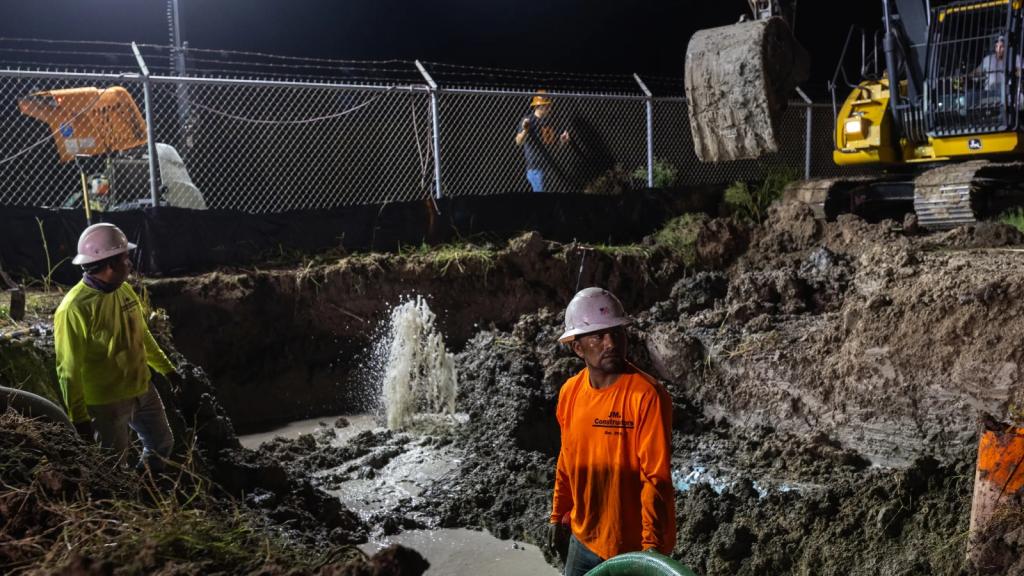For farmers, planning for spring begins in the fall. That’s when seeds go into the ground. Later, if all goes well, roots begin to grow, followed by shoots and leaves. But that only happens when there’s enough water.
“Unfortunately, there’s a lot of seeds that get sown in the fall, and without rain, they’re not going to germinate,” said Amy Hepworth, owner of Hepworth Farms, a seventh-generation family farm located just off the Hudson River in New York state. In the Hudson Valley, a corridor known for its agricultural productivity that stretches from just north of New York City to the state’s capital in Albany, multiple counties are currently under a drought watch. The region has experienced an exceptionally dry autumn, with local meteorologists estimating that last month was the driest October on record. “Had it rained even once or twice [in] September, October, you would see green fields out there now,” said Hepworth. “But now they’re still bare.” Like many growers in her area, Hepworth has dealt with this setback by relying on her farm’s irrigation system while waiting for rain ... Read more
